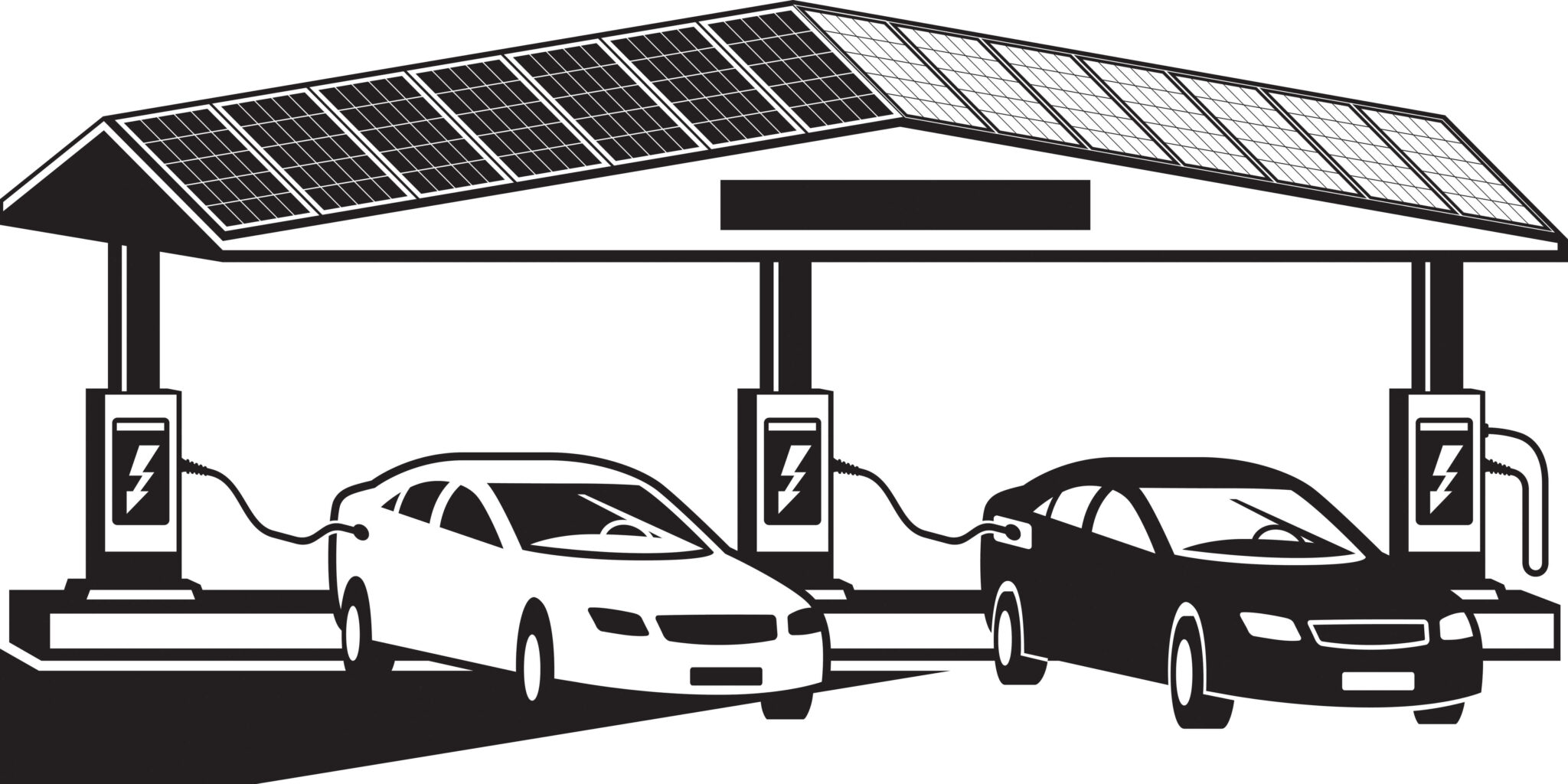A guide for charging your EV in Washington
According to energy.gov, Washington ranks 4th in the United States for registered Electric Vehicles (EVs); as of June of 2021, there are over 50,520 EVs in circulation in our evergreen state. An extensive charging network is required to support such a vast quantity of electrified transportation. In this blog, you will learn how to calculate your EVs driving range and battery capacity to plan a charging route if you were to drive across the state, from Seattle to Spokane.

Driving from Seattle to Spokane
Let’s say you want to go to Spokane after an early Saturday afternoon Sounders game at Lumen Field. You had your EV charging during the game, so it is at 100% state of charge (SOC). The distance from Lumen Field to Spokane is roughly 279 miles, and on google maps would take you around 4 hours and 16 minutes. Most EVs have between 200 – 300 miles of driving range, meaning that you will have to charge at least once along the way to get to Spokane with a decent SOC left. The following are a couple of things you need to consider when driving long distances in an EV.
Your vehicle's battery
Driving using electricity stored in a battery means you have different units of measurement to consider when calculating the distances you can travel and the time needed to charge fully. The battery rating inside EVs is in kilowatt-hours (kWh); this is the same unit your electric utility company bills you for the electricity you use at home!

kWh into miles
With ICE vehicles, you would use miles per gallon, and a higher number would mean better fuel economy. We use Watt-hours per mile (Wh/mi) or miles per kWh (mi/kWh) for EVs. You can calculate the mi/kWh by dividing the range by the usable battery capacity. For our example, we will be driving the new 2022 Hyundai Ioniq 5 with a range of 303 miles and a usable battery capacity of 77.4 kWh; dividing the range by the battery capacity gets us 3.91 mi/kWh.
Also, be aware of the conditions in which the EV battery capacity and range are calculated in a controlled environment. The ambient temperature, altitude, and cargo weight (passengers and equipment) will affect the overall range you can drive on one charge.

Finding your charging station along the way
Tesla drivers have the luxury of having their proprietary charging network, but those using other EVs can utilize apps like ChargerHub’s Trip Planner. Here you can set your starting point and destination and find the charging stations along the way. We can charge at nearly the halfway mark in Ellensburg for our trip. You can choose Level 2 and 3 charging stations that best fit your allowable leisure time and the price you want to pay to charge your EV.
ChargeHub is an excellent resource for finding details on the available chargers along your route, such as costs, reviews, charger types, and the specs of the chargers, which is essential to calculating charging time and expenses; as you will see in the next section below!
Calculating charging time and costs
With our charging spot selected in Ellensburg, we would have driven 109 miles to get there. Driving 109 miles means we have consumed 27.9 kWh of our battery (calculated by dividing 109 miles 3.91 mi/kWh = 27.87 kWh) capacity leaving us at a 64% SOC (27.9/77.4*100 = 36%, 100% – 36 = 64% ). We know we’ll need to drive some more once we get to Spokane, so we want to top the battery to 100% SOC. Using the DC fast charger at the Taco Bell charging station in Ellensburg, we can pay $0.43/kWh and charge at 350kW. Here is the equation to charge the battery at this station; charge time = battery capacity/(charge power*power efficiency). The average power efficiency for chargers is .9. So in our scenario, charge time = 27.9/(350kW*.9), which equates to a charge time of 6 minutes at the cost of $11.9.
Comparatively, a gas car with a 30 mi/gallon efficiency would consume (109/30 = 3.6 gallons ), and to fill up 3.6 gallons at $5/gallon would cost $18. Also, if you aren’t that into math, you can use the charge time calculator linked in the button below!

The future of EV charging in the USA
Fast charging stations that allow EV chargers to experience the quickest charge times will be the fastest-growing segment through 2030. The global market for EV charging infrastructure from 2022 to 2030 will be valued at $217.06 billion, which is in part of the collaboration of a plethora of car manufacturers that want to ensure their vehicles can charge throughout the network.
In the USA, President Biden’s infrastructure Law included a $7.5 billion investment to create 500,000 chargers to add to the national network. In line with the goal of 50% of new car sales to be EV, it is essential to have a charging network to support the cultural experience of driving our vehicles across the beautiful United States of America. There is a lot to look forward to if you enjoy driving cars, as all-electric cars have newer features not available in current ICE transportation. Our vehicles will become more entwined with our everyday living, from autonomous driving to powering your home during grid outages!


